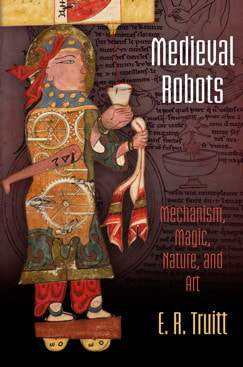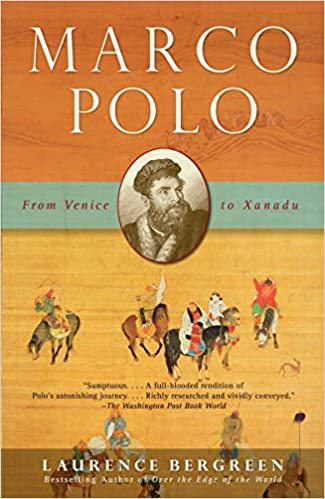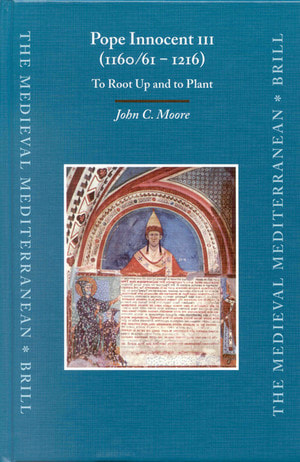|
Medieval Robots: Mechanism, Magic, Nature, and Art
By E. R. Truitt Published in 2016 296 Pages Thibault’s Score: 3/5* The book goes over various references of automata from the robots the Muslim emissaries brought to Charlemagne’s court to the Burgundian prank houses of the early 1500s. *I absolutely butchered this book, and my experience doesn’t reflect the actual book - as such my review is inaccurate. Notably, I listened to the audiobook without realizing that the book was chalk full of illustrations from illuminated manuscripts. For this reason, this review will be short: if you listen to the audiobook be sure to get a PDF where you can see all of the marvelous illustrations. I only realized that at the very end, and had an extremely hard time following it.
0 Comments
Marco Polo: From Venice to Xanadu
By Laurence Bergreen Published in October 2008 464 Pages Thibault’s Score: 3/5 I have read one of the many translations of Marco Polo’s adventures several years ago, but thought that I would revisit the story. This time, instead of reading the original, I instead read a historian’s reconstruction. The reconstruction added a lot of context to the original. Having read this book after having read more about the Mongols and the period in general, I had a much better understanding of the characters and geography. I cannot believe I didn’t remember this - but Marco Polo was an advisor to Kublai Khan - a monumentally important detail that I somehow forgot. One thing that struck me was how much Marco Polo was focused on sex. He describes entire towns of whores on the Silk Road, cuckold villages of Tibetans that invite all travelling strangers to bed their wives, the harems of Kublai Khan, the loose women of the Maldives, and the bizarre (fictitious?) sexual customs of the East Africans. After reading this book, I can only come to one conclusion: Marco Polo was the original sexpat [sexpat = sex + expat, basically a creepy white guy who lives in Southeast Asia]. If you are looking for a guide to better understand the adventures of Marco Polo, then this is the book for you. A word of warning - the book is true to the original, and more than half of the text goes into gruesome detail about the sexual practices of East Asia. This book is not suitable for children or the faint of heart. Pope Innocent III: To Root Up and to Plant
By John C. Moore Published in 2003 328 Pages Thibault’s Score: 4/5 Pope Innocent III is one of the most important popes of the Middle Ages. Many of the major ecclesiastical reforms that would shape modern Catholicism originate from his pen. Perhaps more importantly for his contemporaries, Pope Innocent III greatly expanded the political power of the papacy. It is very hard for moderns to imagine the role of medieval popes. Many of our conceptions of the papacy during this period come from stereotypes established by the early protestants. As a result, it is easy to project the papacy of the 1400s backwards and imagine that it always was so throughout the middle ages. The papacy of popes like Gregory the Great - who was the leader of a small “post-apocalyptic” community dwelling in the ruins of Italy - looks nothing like this post-protestant image. Pope Innocent III is so significant because he completes the process of modernizing the papacy into an institution still recognizable today. Prior to reading this book, I had only heard of Pope Innocent III in passing when studying the fourth crusade. Now, I understand his true pivotal significance in European history. This book is probably not going to be very interesting for casual observers of the Middle Ages. Understanding it requires spending a significant amount of time studying the period. However, if you already know a lot about the period, then this book will help fill in many important knowledge gaps. I recommend it to anyone who already knows a lot about the medieval period but wants to learn more. |
Thibault SerletMost of my articles are book reviews, but I also write about many other topics. Archives
December 2023
Categories |



 RSS Feed
RSS Feed